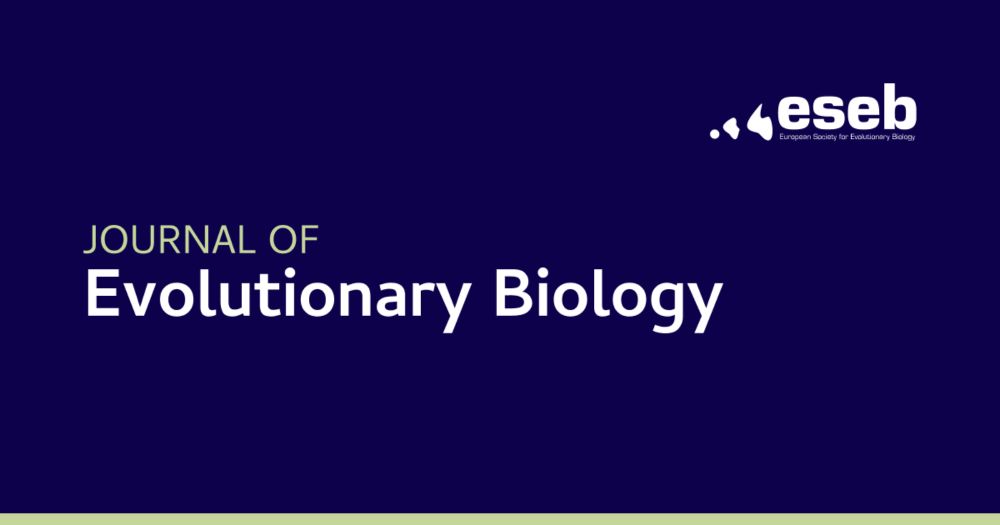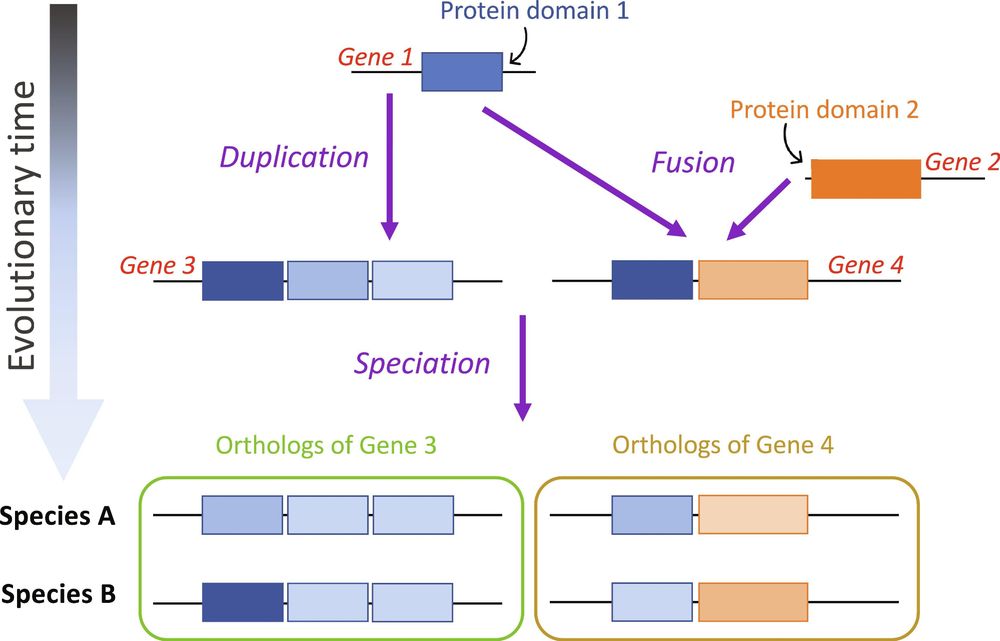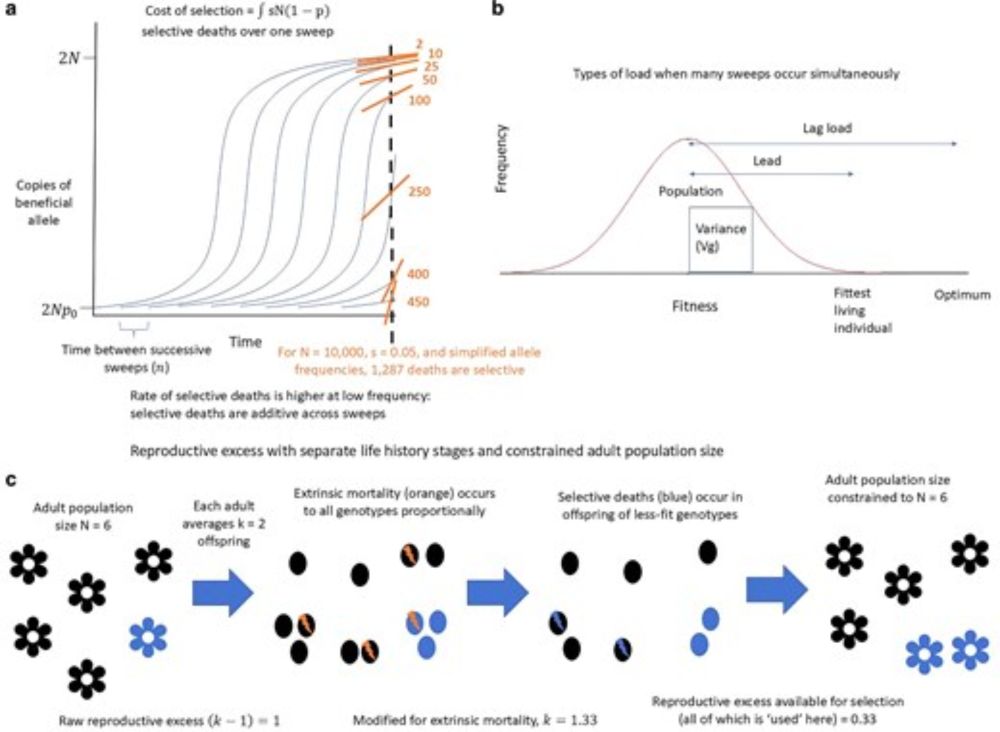Walid Mawass
@wmawass.bsky.social
250 followers
440 following
31 posts
Evolutionary geneticist. I think about evolution across timescales and constraints on it from interactions at each scale. I use both population and quantitative genetics to do science. I love music, writing, and my cats (order varies on a daily basis).
Posts
Media
Videos
Starter Packs
Walid Mawass
@wmawass.bsky.social
· Jun 24
Walid Mawass
@wmawass.bsky.social
· Mar 31
Reposted by Walid Mawass
Reposted by Walid Mawass
Reposted by Walid Mawass
Walid Mawass
@wmawass.bsky.social
· Feb 23
Walid Mawass
@wmawass.bsky.social
· Feb 22

US science agency reclassifies hundreds of workers as probationary, US lawmaker says
National Science Foundation administrators reclassified hundreds of employees from permanent to probationary status in violation of labor contracts, according to a U.S. lawmaker and agency employee.
www.reuters.com
Walid Mawass
@wmawass.bsky.social
· Feb 4

Assessing the impact of pedigree attributes on the validity of quantitative genetic parameter estimates
Abstract. Investigating the evolution of complex traits in nature requires accurate assessment of their genetic basis. Quantitative genetic (QG) modeling i
academic.oup.com
Walid Mawass
@wmawass.bsky.social
· Dec 18
Walid Mawass
@wmawass.bsky.social
· Dec 12
Reposted by Walid Mawass
Joanna Masel
@joannamasel.bsky.social
· Dec 12

Order of amino acid recruitment into the genetic code resolved by last universal common ancestor’s protein domains | PNAS
The current “consensus” order in which amino acids were added to the genetic code
is based on potentially biased criteria, such as the absence of s...
www.pnas.org








